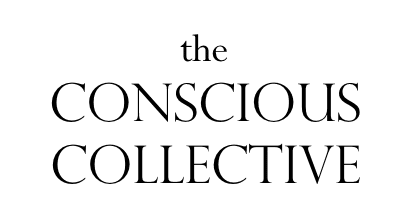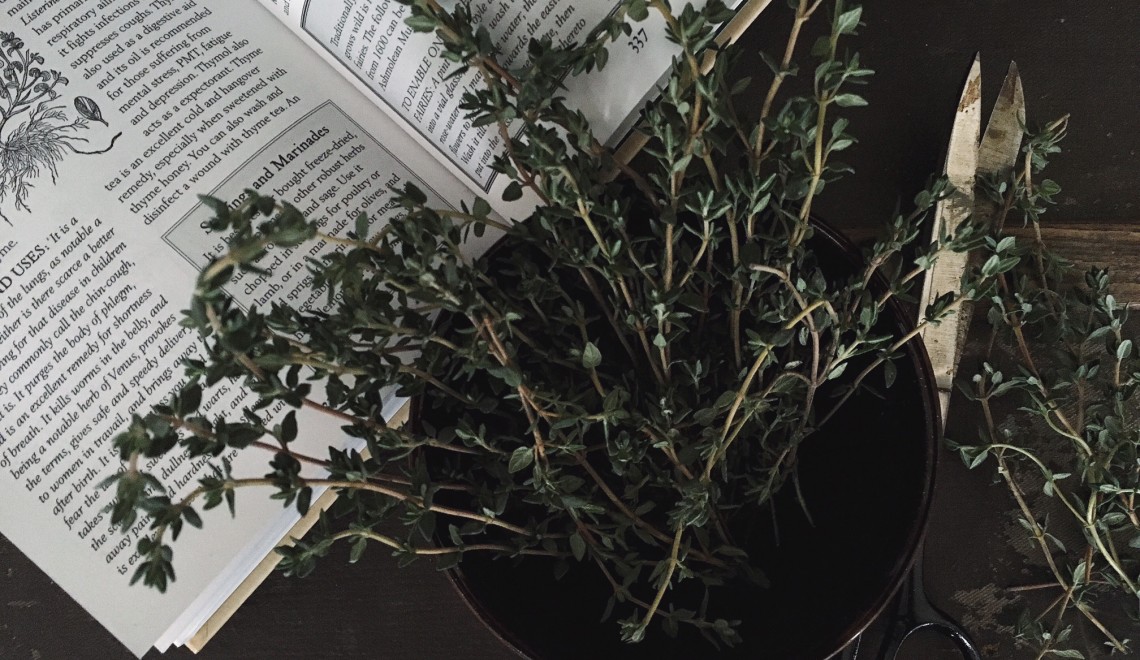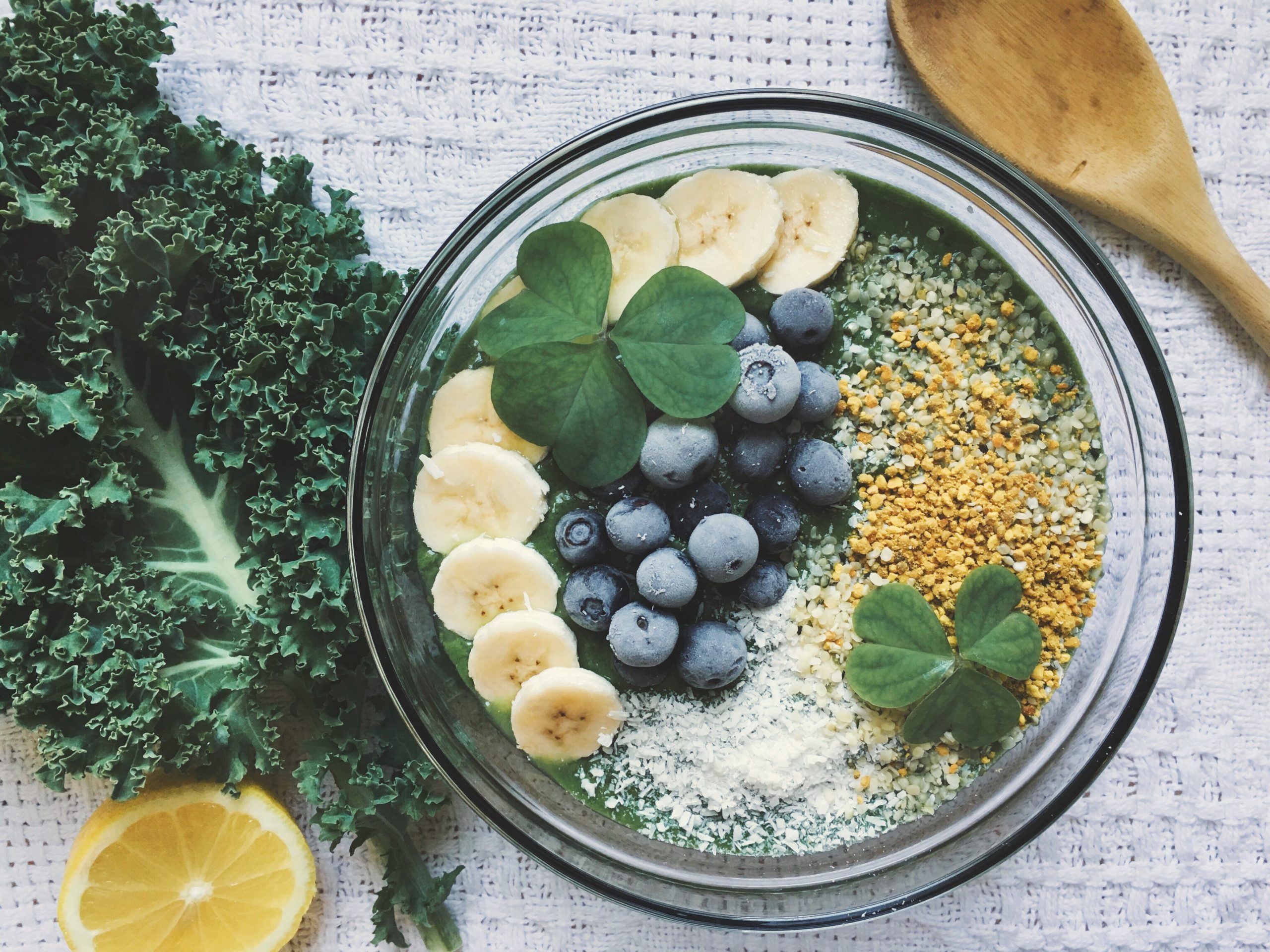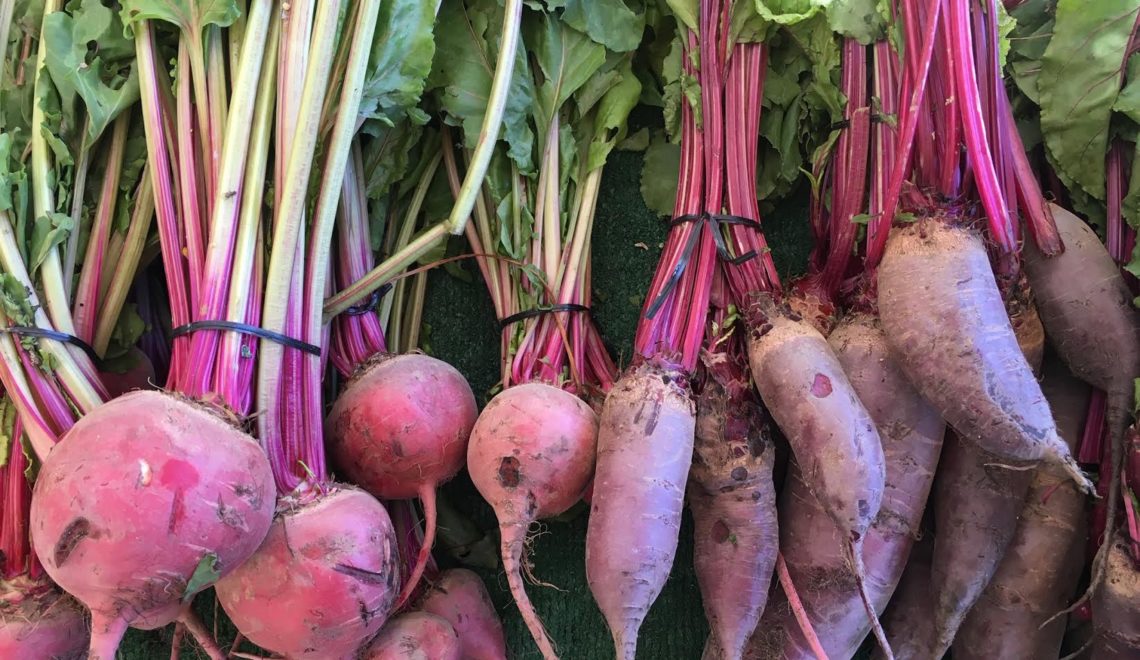The Sustainable Home: Ready to Start Canning?
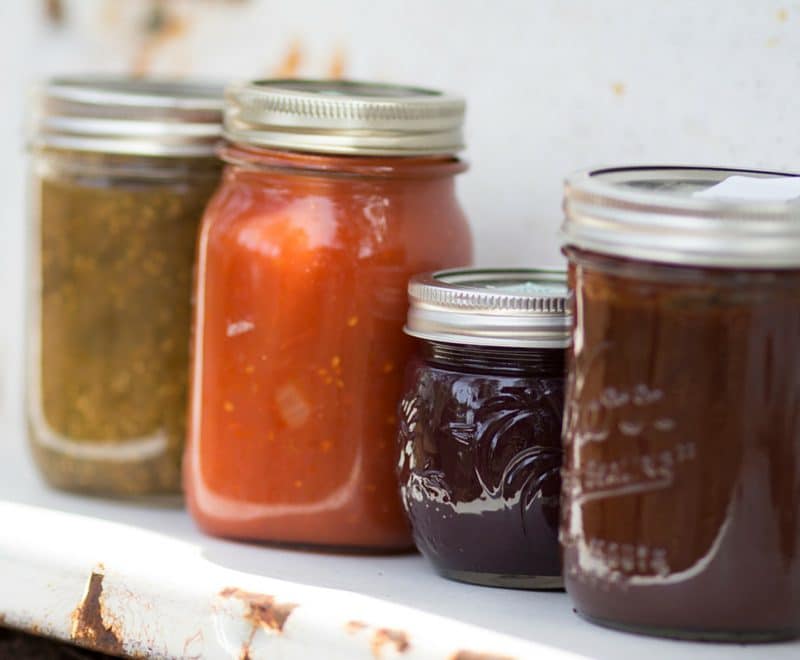
Hello Conscious Collective readers! I’m Jenny and I’m honored to be here. I share sewing, canning, and other old fashioned DIY at my blog www.thedomesticwildflower.com. I’m a country girl through and through and was raised on a ranch in very Northern California. I’m a canning enthusiast and I will share with you why canning is an integral part of a sustainable, modern home. Canning reduces your waste of both food and packaging, gives you control over your diet, frees you from the trap of commercially produced foods, and is far more delicious than anything you can buy in a store. Canning is the technique that has brought sanity and smooth sailing to my new mom life and I want to share it with you all.
Canning allows for and respects the seasonality of produce. Canning preserves produce in jars to be enjoyed when they when it is out of season. The luxury of eating produce that is out of season and/or grown many miles away is one that is not sustainable, nor is it truly affordable.. I love eating bell peppers in the winter, and I love having pineapples available year round, but those preferences need to be to be closer in line with what is naturally growing closer to home. Learning how to can allows you to enjoy those summery tasting strawberries then none are growing nearby. It is a much more sustainable kind of magic.
Mason jars are made from recyclable, domestically produced glass. These jars are designed to be submerged, over and over, in boiling water. They are hardy, free from carcinogens, and are plastic free. There’s no invisible plastic film that can’t be recycled and that will surely cause cancer. They are just plain old glass. I love mason jars because of this reason. They are literally and figuratively transparent. Mason jars come in 2 opening sizes and all lid and ring sizes always fit. Always. My greatest complaint with plastic containers is honestly the fact that the lids are never interchangeable. This makes them disposable, wasteful, and unusable. Canning jars come in regular and wide mouth. Any regular lid fits any and all regular mouth jars and the same goes for wide mouth jars. It bears mentioning that the jars are infinitely useful beyond canning. I use them for drinking any and all beverages, in my lunch box, storing bulk goods like flour, coffee beans, and sugar, and household items like crayons.
Canning fosters a healthy relationship with our food. Canning teaches you to save fresh produce for later. It brings you several steps closer to the farm on which it was raised, if not to the very berry patch, farm stand, or orchard, and that proximity is very educational. Many informed, conscious citizens have zero idea what is actually in season when, where it is cultivated, how many miles away that may be grown, the amount of fossil fuel it took to get the food to market, or what kind of waste results from each kind of food product. If you buy a can of peaches- even the politically correct, organic kind- you haven’t any idea how much of those peaches was wasted when being cut from the pit or peeled, for example. When you can your own food you have absolute control in the healthiest way over the peaches you choose, the washing, the peeling, the removal of the pit, and the processing. Every step of the way, you get to choose and that is very empowering indeed.
Food that you preserve is less likely to be wasted. Canning takes about an hour, for a smaller batch of a simple recipe, and that hour in the kitchen makes a remarkable impression upon the home canner. Jam that was purchased may easily be tossed in the trash with a serving left inside but homemade jam? That you made yourself? There’s little chance that a spoonful will be wasted. Not only is it far more delicious, better for you, and endlessly customizable to your tastes and dietary preferences, it a labor of love and that kind of investment in what we eat is critical to taming love hate relationship with store bought foods.
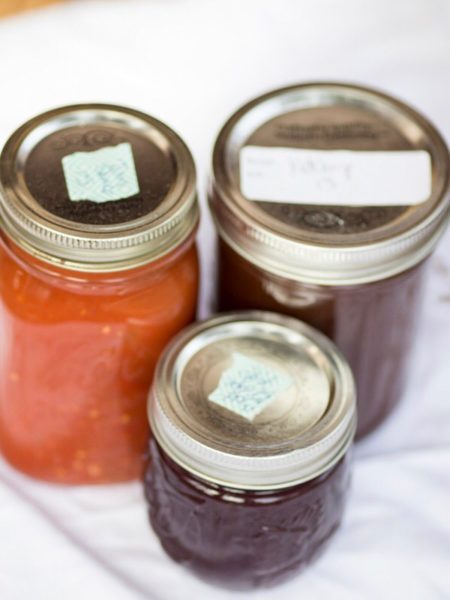 Canning jars are reusable, unlike the metal cans of the grocery store aisle or the ubiquitous plastic packaging in which most of our foods are wrapped. It is truly remarkable how that packaging is wrapped around even foods that are not processed- heads of cauliflower, bags of green beans- and are promptly thrown into the trash. Canning, which is essentially at home processing of foods in the name of seasonality and practicality, removes the cans and plastic from the store bought processed foods equation.
Canning jars are reusable, unlike the metal cans of the grocery store aisle or the ubiquitous plastic packaging in which most of our foods are wrapped. It is truly remarkable how that packaging is wrapped around even foods that are not processed- heads of cauliflower, bags of green beans- and are promptly thrown into the trash. Canning, which is essentially at home processing of foods in the name of seasonality and practicality, removes the cans and plastic from the store bought processed foods equation.
Canning helps save aging produce from the compost bin. Of course, compost is great. But canning is a key process in the modern kitchen because it helps us keep produce from going bad on the countertop and from a destiny in the compost bucket. Canning a small batch of applesauce after the fruit has lost its preferable crisp saves money, saves all the resources invested in growing said apples, and saves it all indefinitely. If the produce you are canning up before it goes bad is what you grew in your garden- in a windowsill or on a multi-acre homestead- that savings is understood tenfold.
Canned food is the gift and the presentation all in one. Home preserved food has such a high perceived value because it is a lost art that takes time and effort to execute, tastes wonderful, is healthful and free from mystery ingredients, and is beautiful to behold. Giving the gift of food, to be enjoyed with loved ones, is like giving a tiny, handmade quilt. Expert tip: a glug of white vinegar in the processing water makes the canning jars extra shiny for gifting and is especially helpful for those with hard water.
Canning forces us to look both forward and backward. If you take the time to preserve a batch of tomato sauce, you will reflect upon the quantity of tomato sauce you ate and enjoyed the previous year. You’ll consider where you sourced the tomatoes, what ways you’d like to improve upon the recipe, the jar size, or the technique you used. You also will be forced to look to the future. While roasting and peeling slippery peppers, you may consider preserving a delicious and tasty luxury only every other year. This perception is utterly different from buying your food in the grocery store pre-made and brings your attention much closer to the food system at ground level.
Canning has been the technique in my home kitchen that has given me more CHOICE than anything else. I can choose specific produce that I feel good about, choose a recipe that fits my children’s preferences and my dietary demands, and choose to feed it to my family when I might be rushed or harried on a busy worknight. I want to teach you to can in my course, Start Canning. Learn more here!
